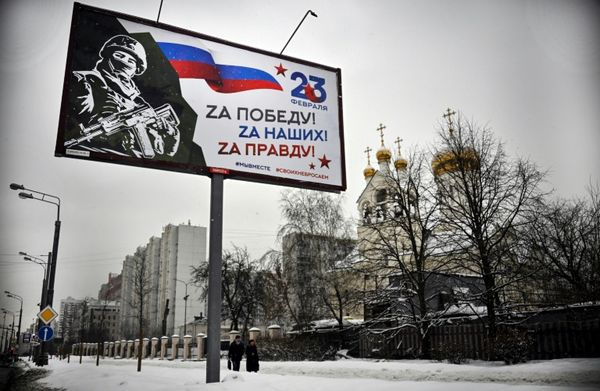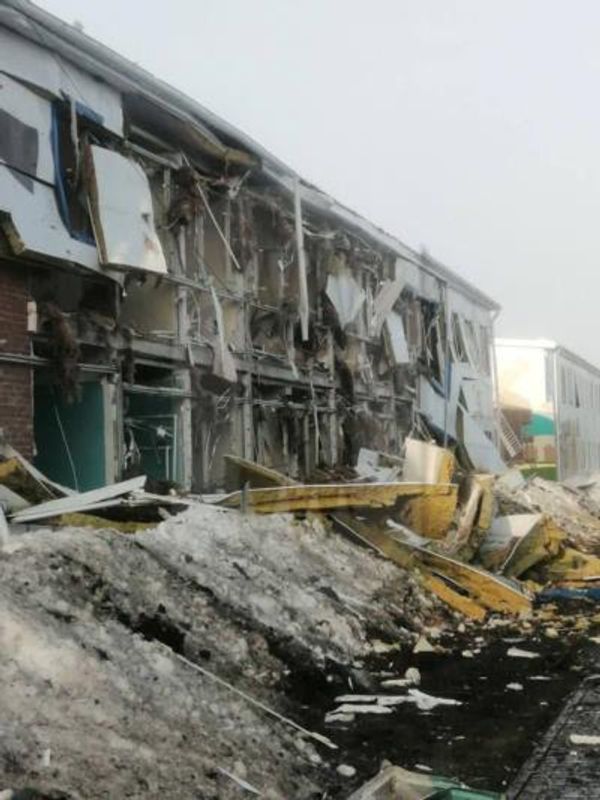
It stated that even though the Covid-19 crisis has eased, a hoped-for recovery from a ballooning gender gap hasn’t materialized as expected.
Presenting a bleak picture, it estimated that it may take 132 years — down from 136 — for the world to reach gender parity.
The global gender gap index is defined around four main factors – salaries and economic opportunity, education, health, and political empowerment.
Ranking countries on its basis, the WEF said that Iceland is the only economy to have closed more than 90% of its gap.
It is followed by several Nordic countries and New Zealand, as well as Rwanda, Nicaragua and Namibia. Germany, Europe’s biggest economy, came in 10th place in the report of 146 countries.
Further down the list were the world's biggest economies – the US at rank 27, China at 102 and Japan at 116.
On India, the WEF said its gender gap score recorded its seventh-highest level in the last 16 years, but it continues to rank among the worst performers on various parameters.
The country has been ranked low at 135th place despite an improvement of five places since last year on better performance in areas of economic participation and opportunity.
Only 11 countries are ranked below India, with Afghanistan, Pakistan, Congo, Iran and Chad being the worst-five.
"With a female population of approximately 662 million, India's level of attainment weighs heavily on regional rankings," it said.
Recovering ground since 2021, India registered the most significant and positive change to its performance on Economic Participation and Opportunity. But, labour-force participation shrunk for both men and women since 2021.
The share of women legislators, senior officials and managers increased from 14.6% to 17.6%, and the share of women as professional and technical workers grew from 29.2% to 32.9%.
The gender parity score for estimated earned income improved; while values for both men and women diminished, they declined more for men.
In the area of political empowerment, the subindex where India ranks relatively higher at 48th place, showed a declining score due to the diminishing share of years women have served as head of state for the past 50 years.
On the health and survival subindex, India ranked the lowest at 146th place and figured among the five countries with gender gaps larger than 5 per cent – the other four being Qatar, Pakistan, Azerbaijan and China.
However, India was ranked the top globally in terms of gender parity for primary education enrolment and tertiary education enrolment and at the eighth place for the position of head of state.
Within South Asia, India was ranked the sixth best on overall score after Bangladesh, Nepal, Sri Lanka, Maldives and Bhutan. Iran, Pakistan and Afghanistan scored worse than India.







